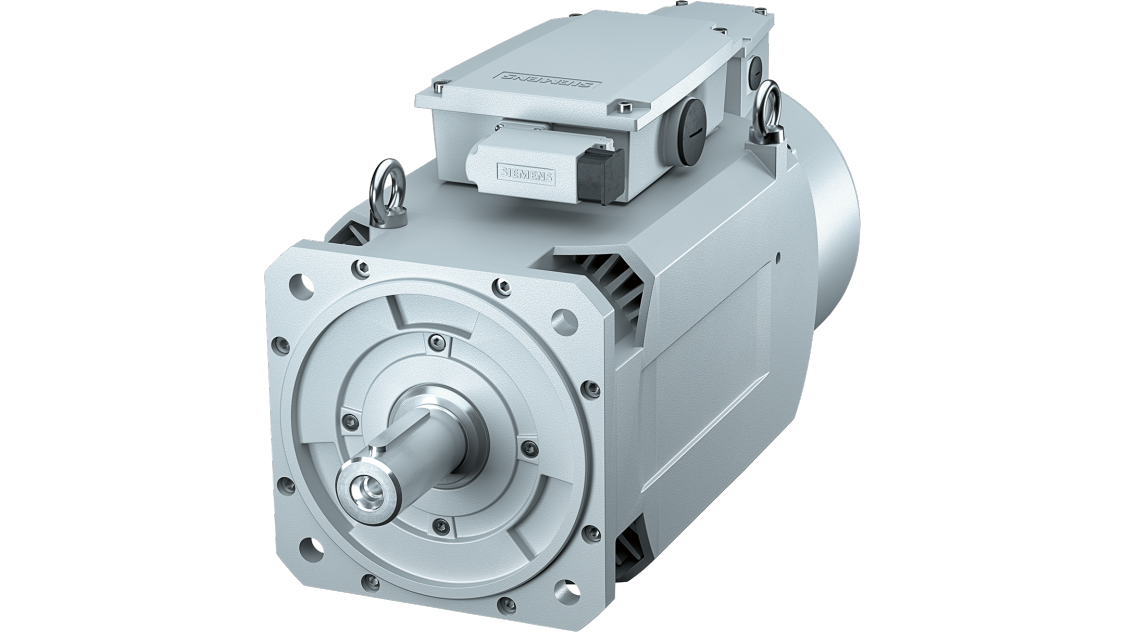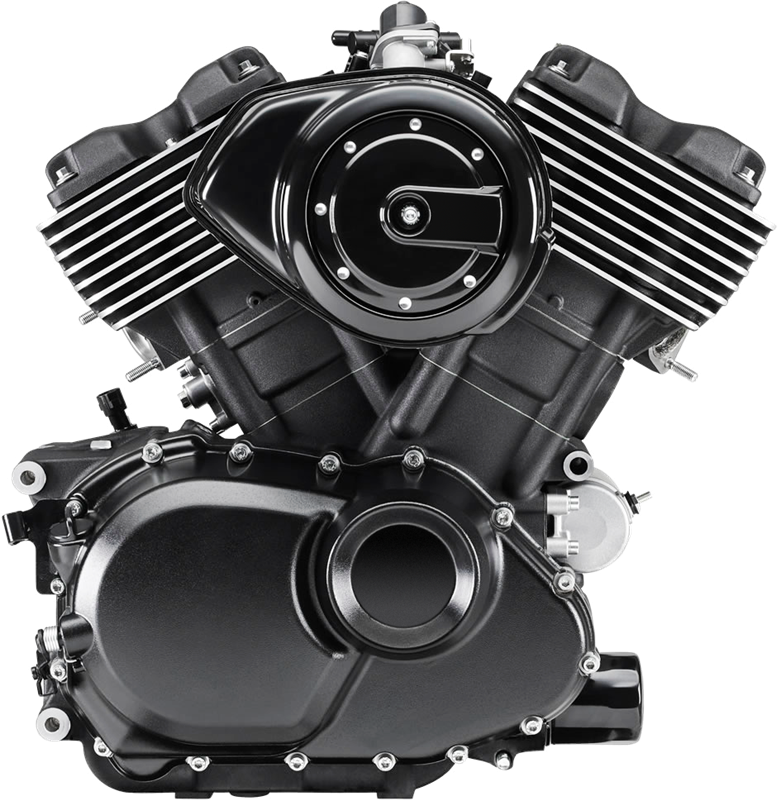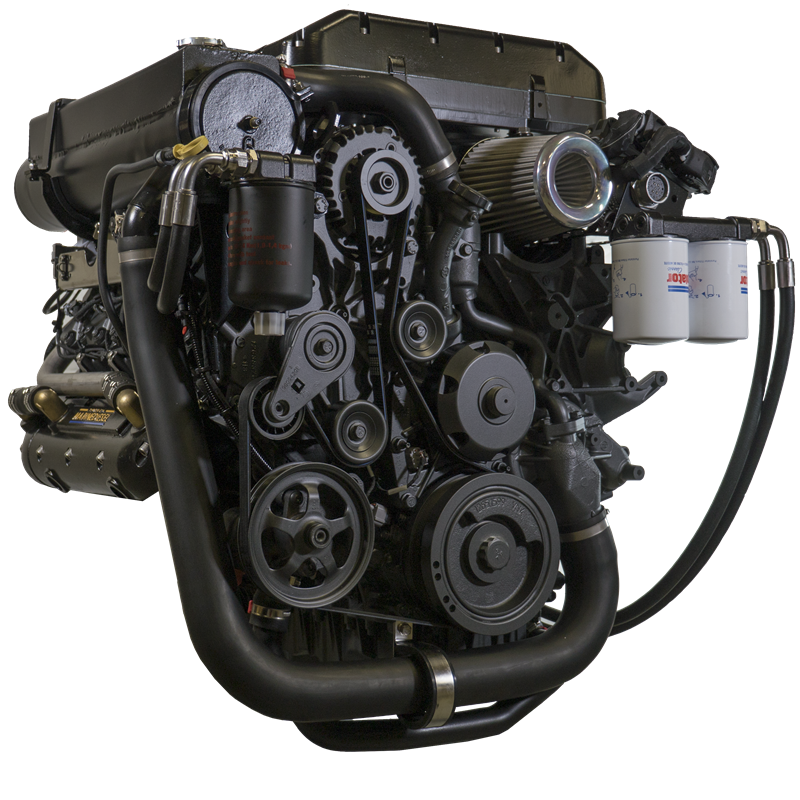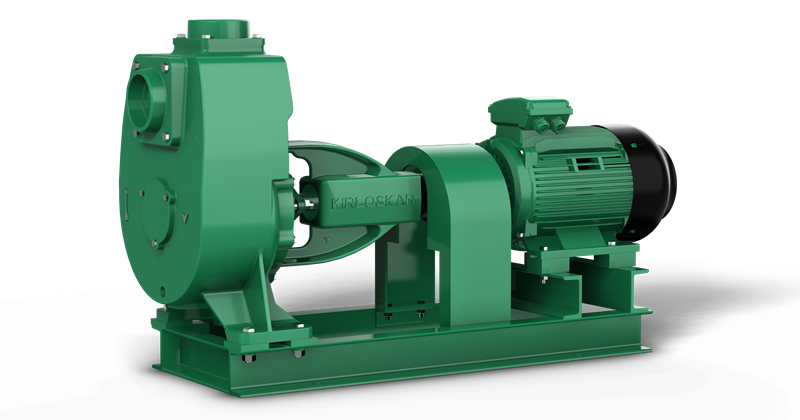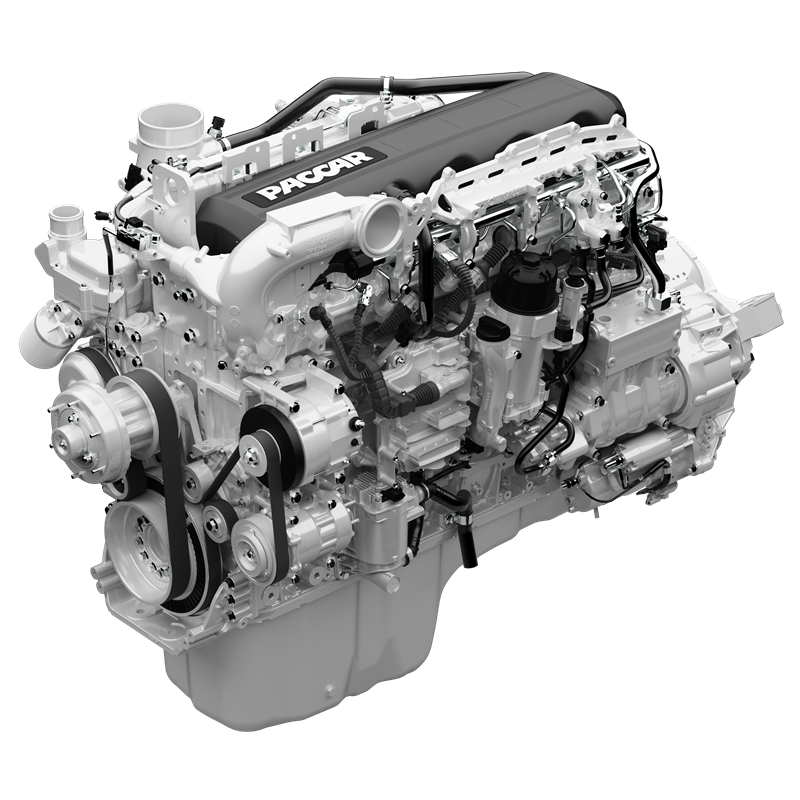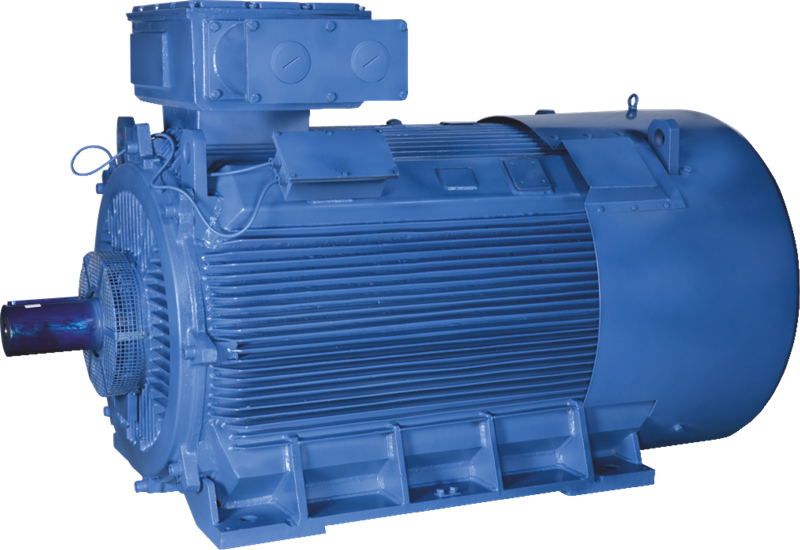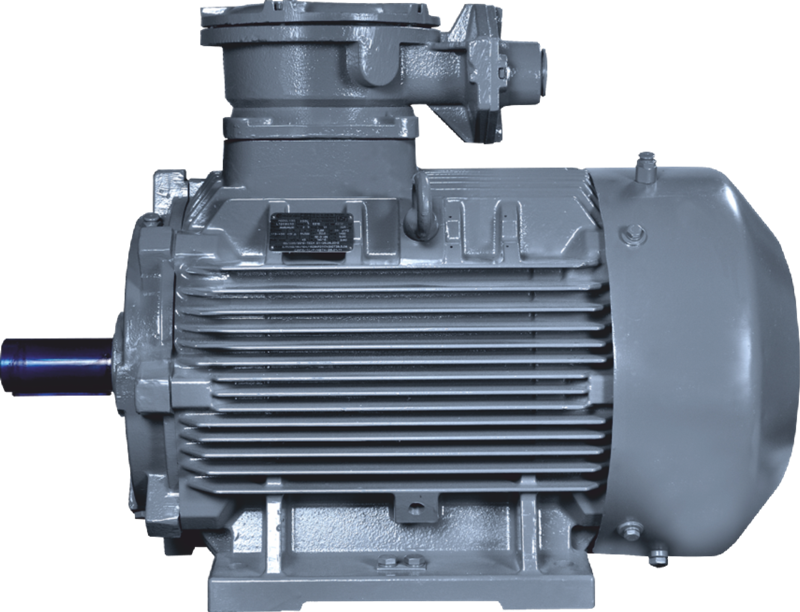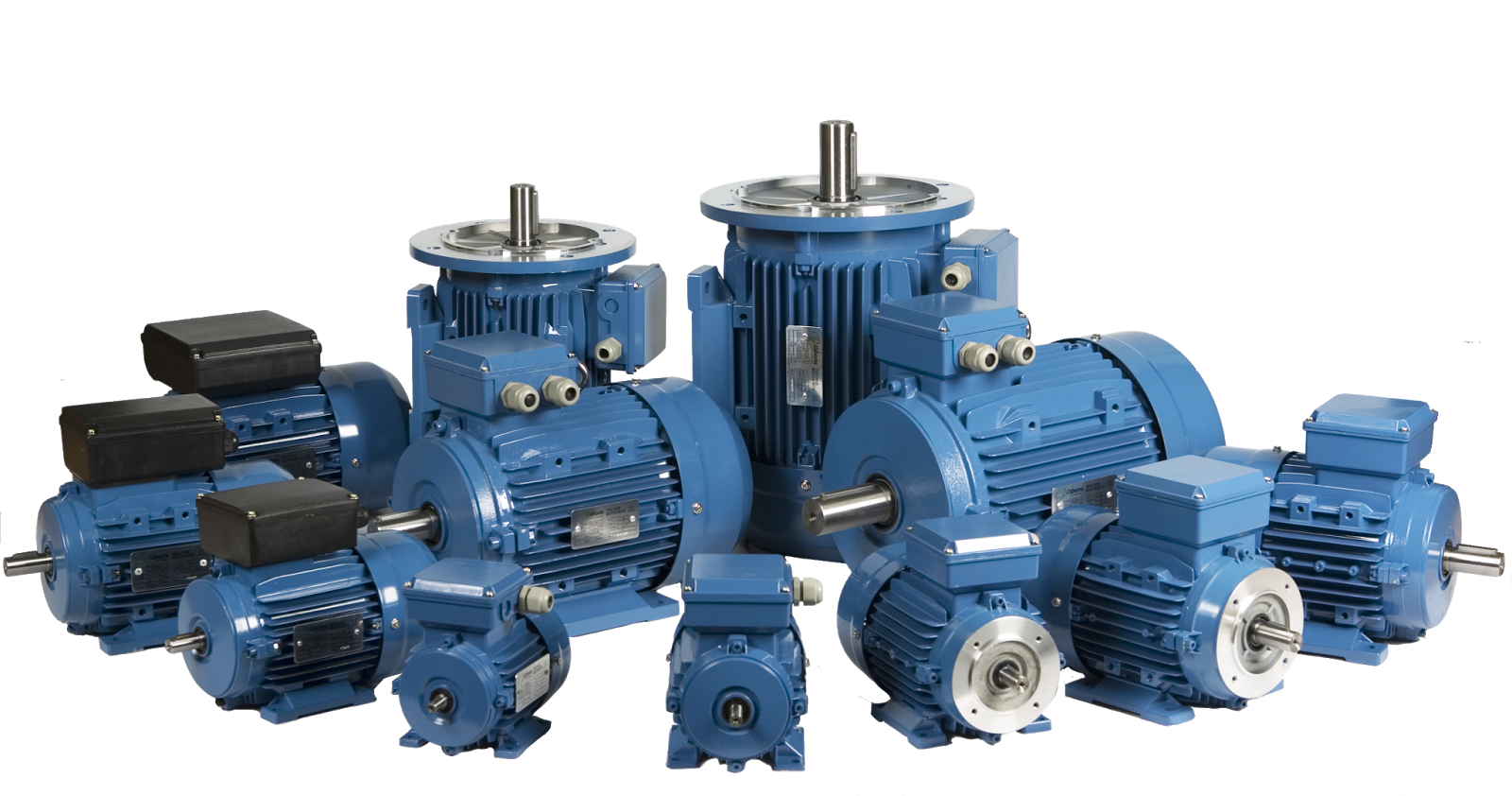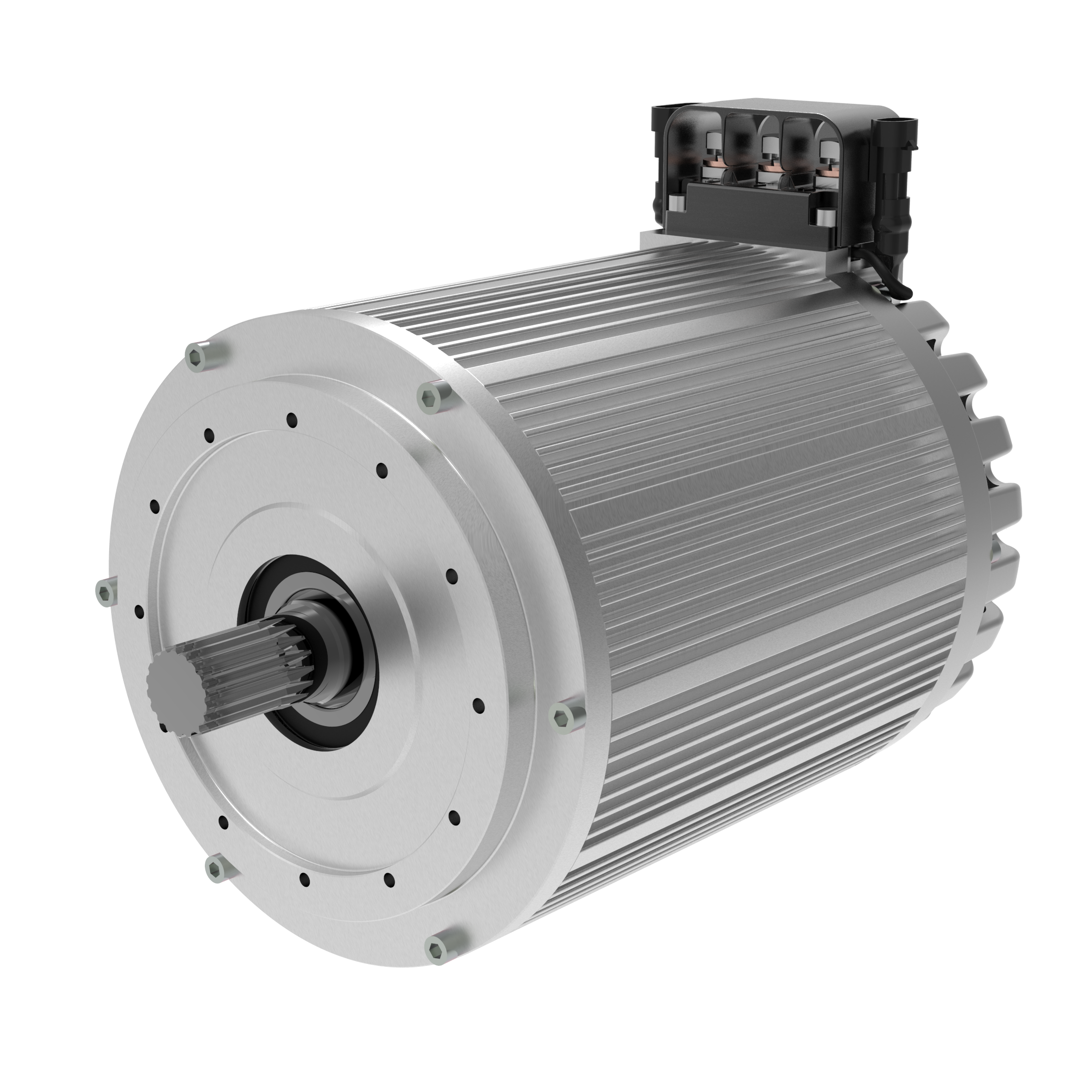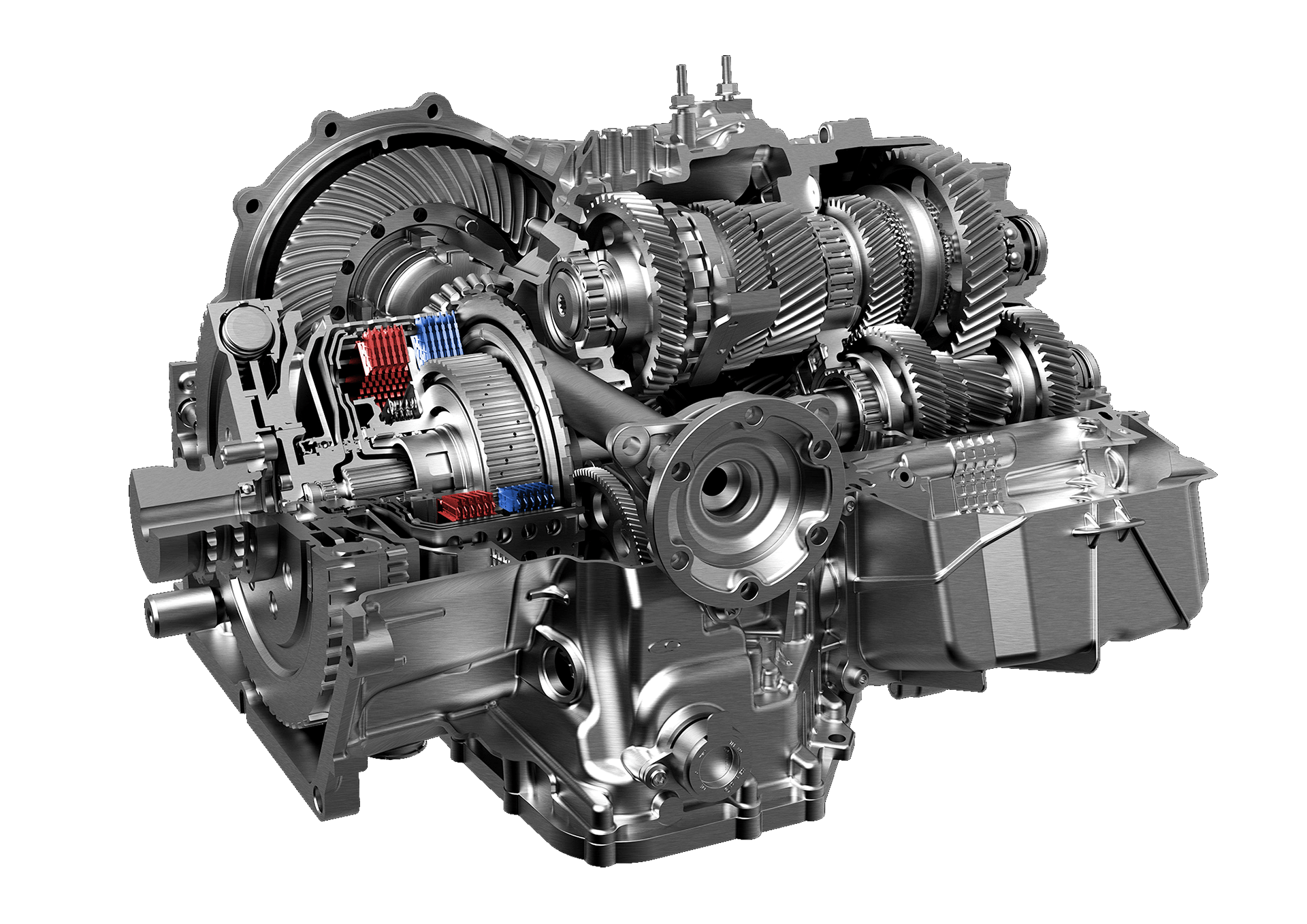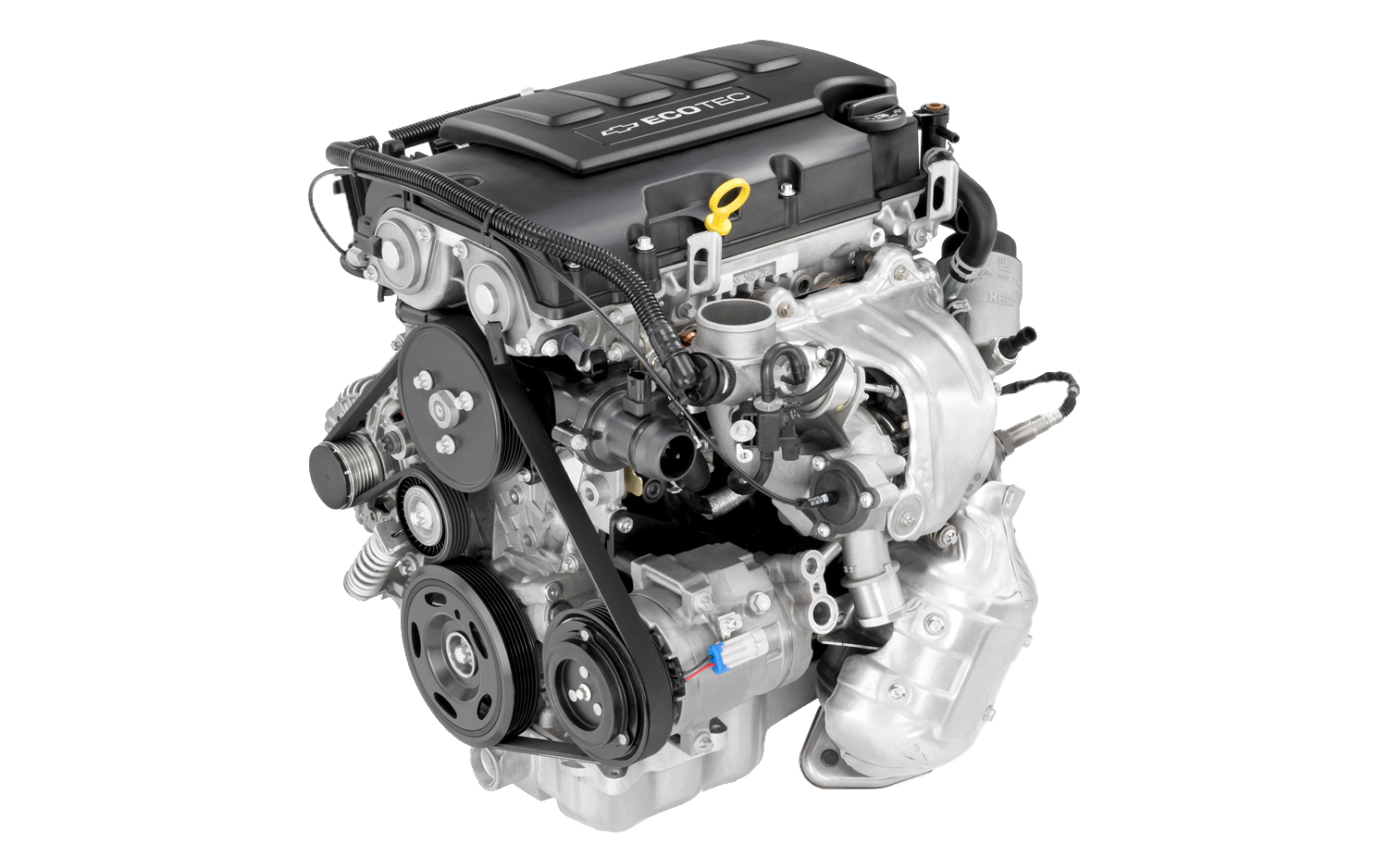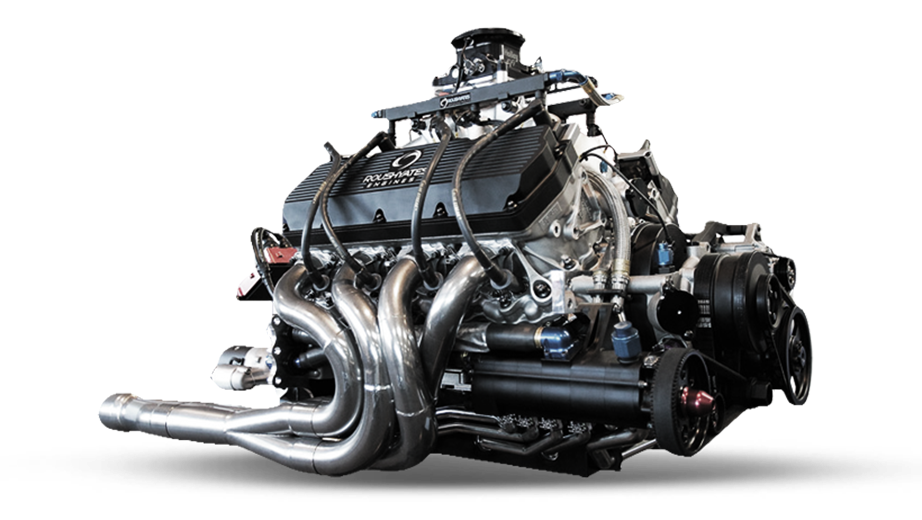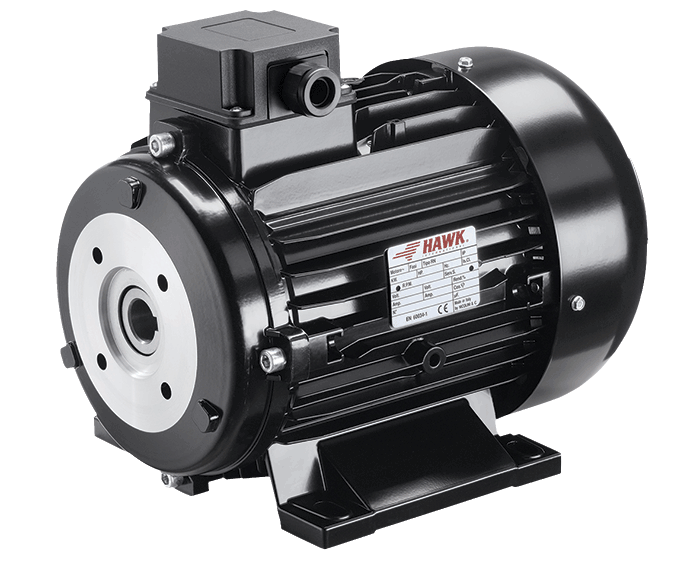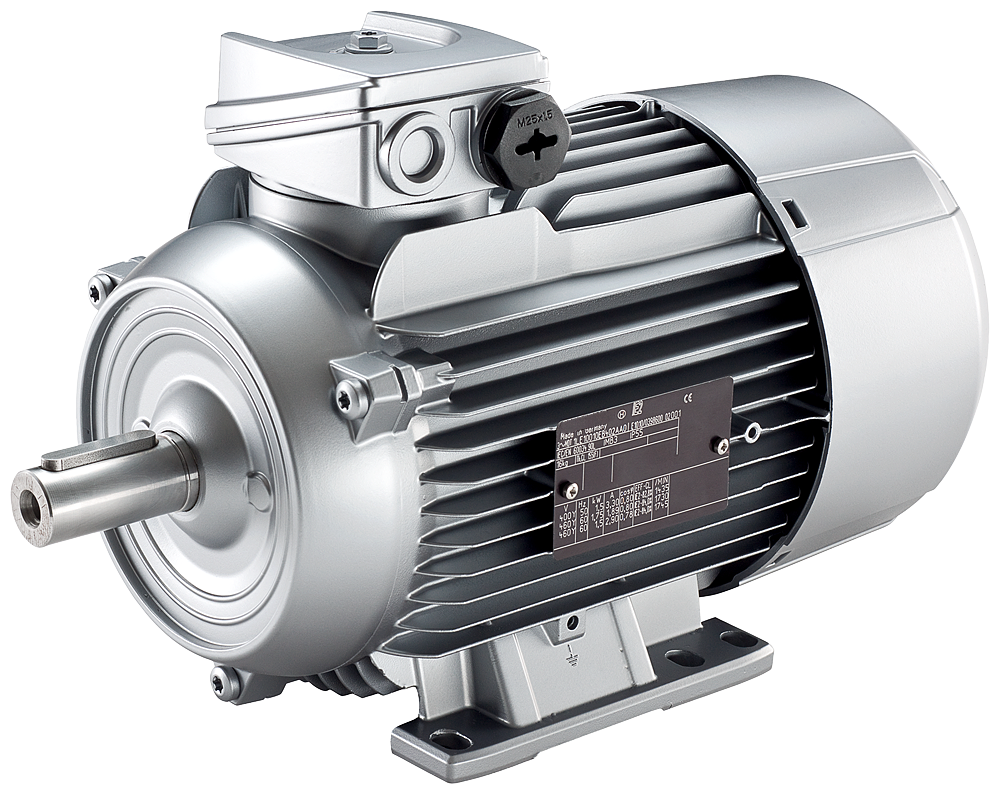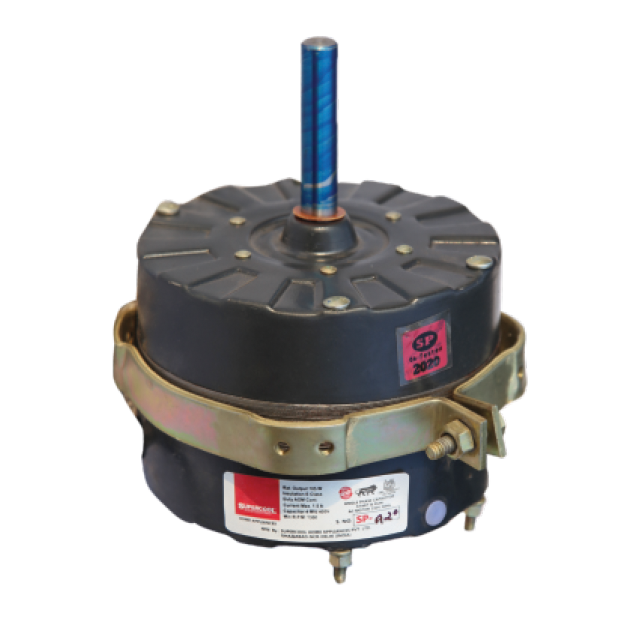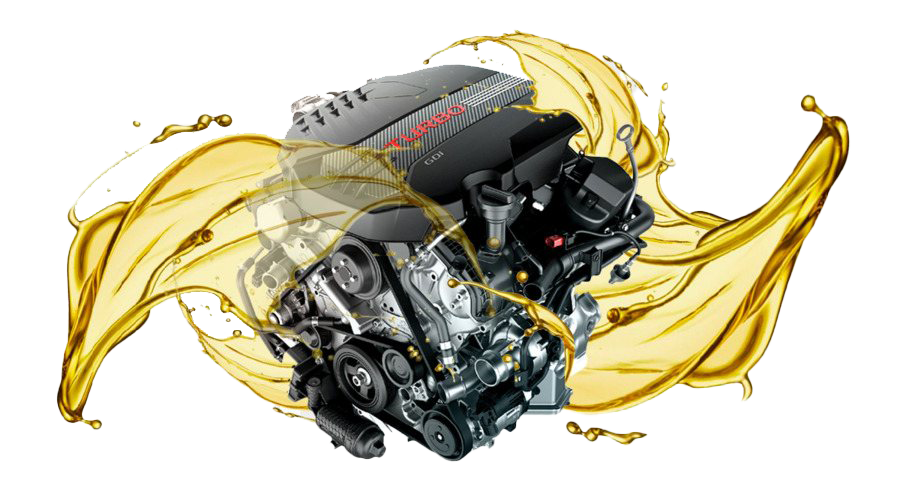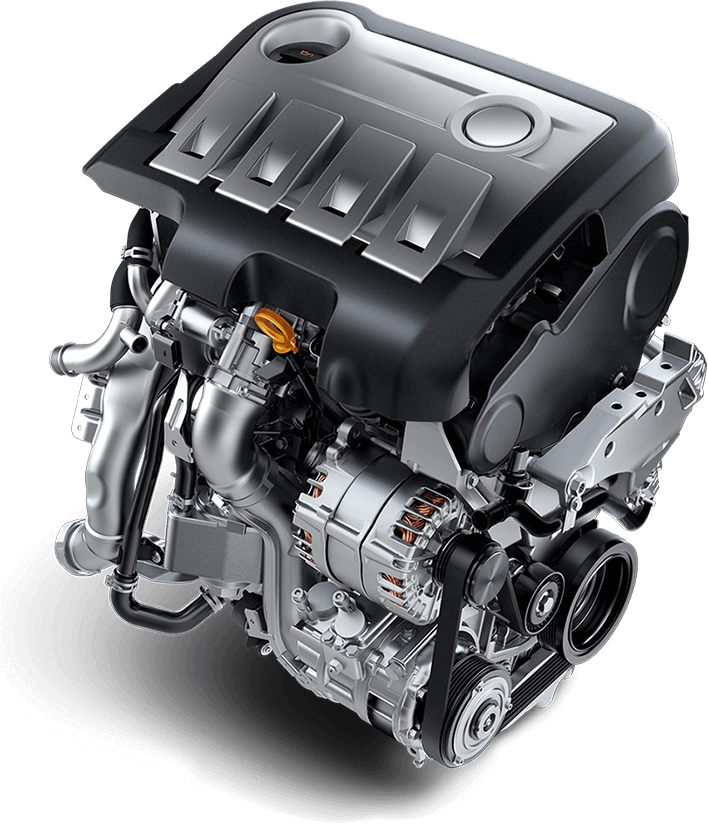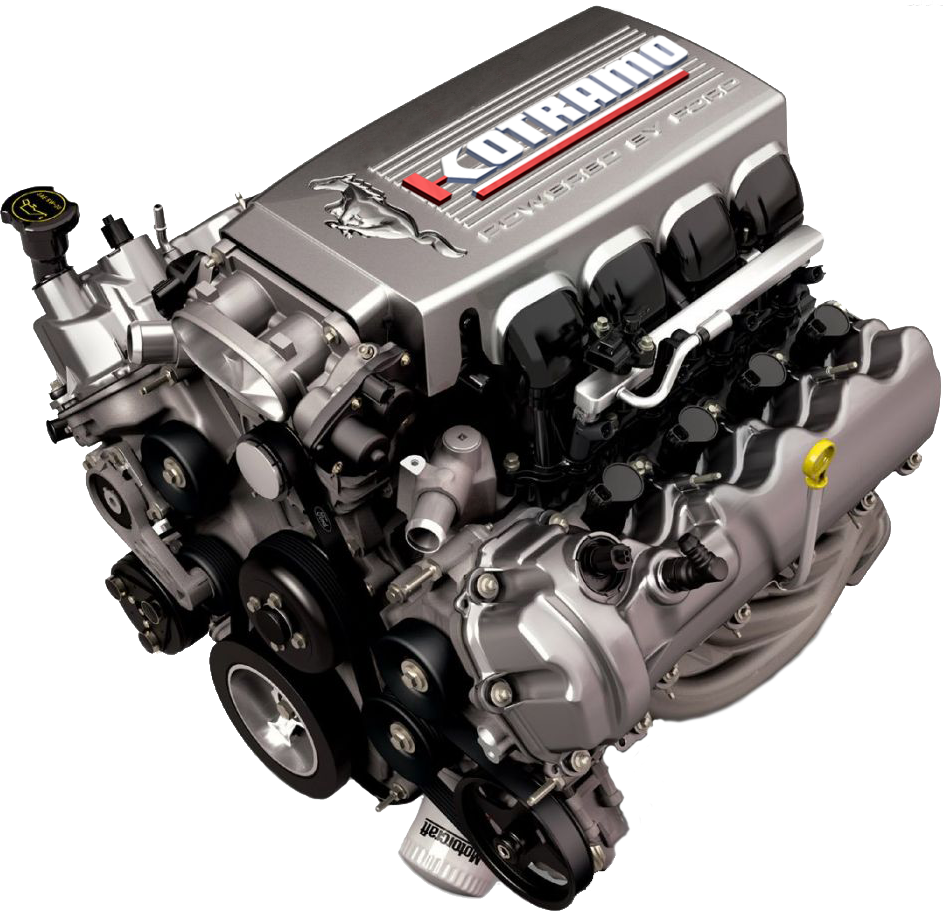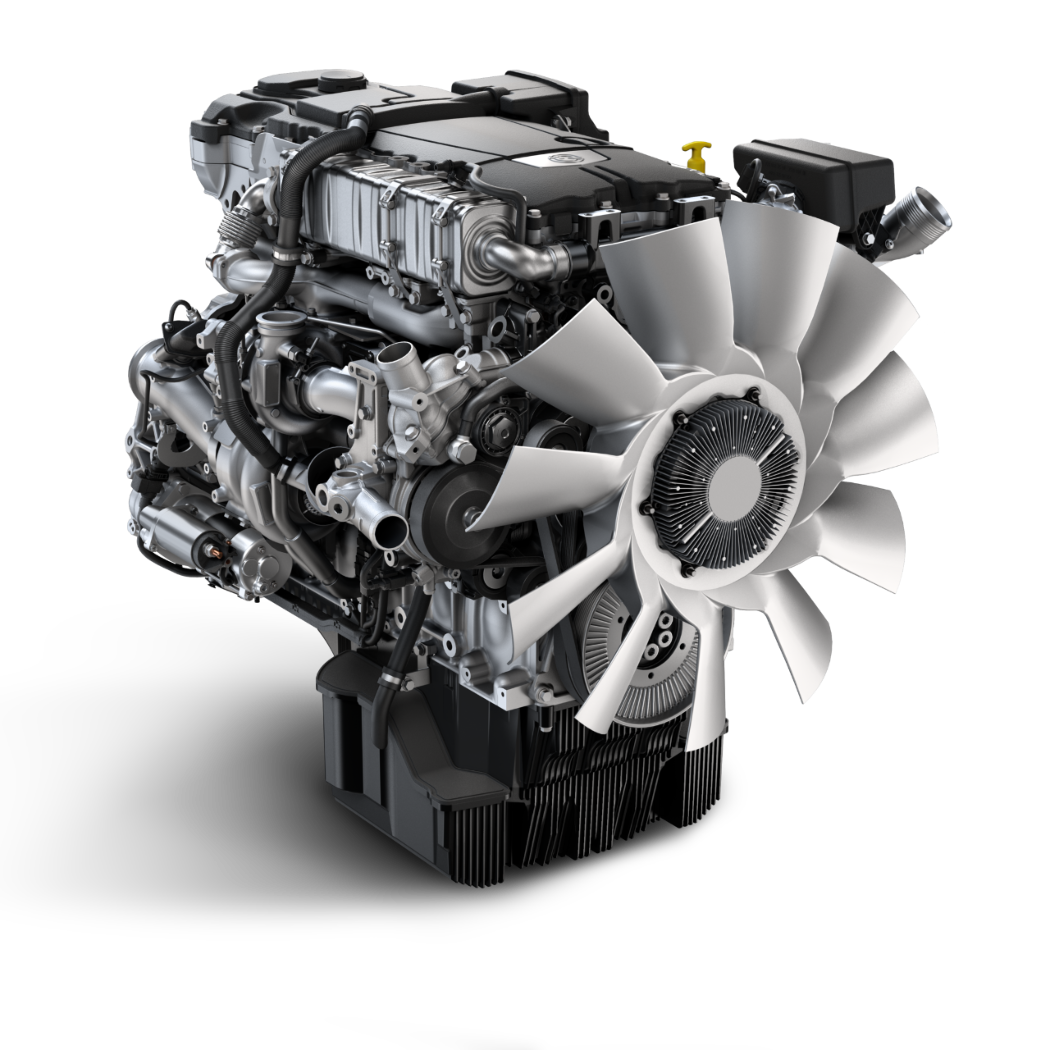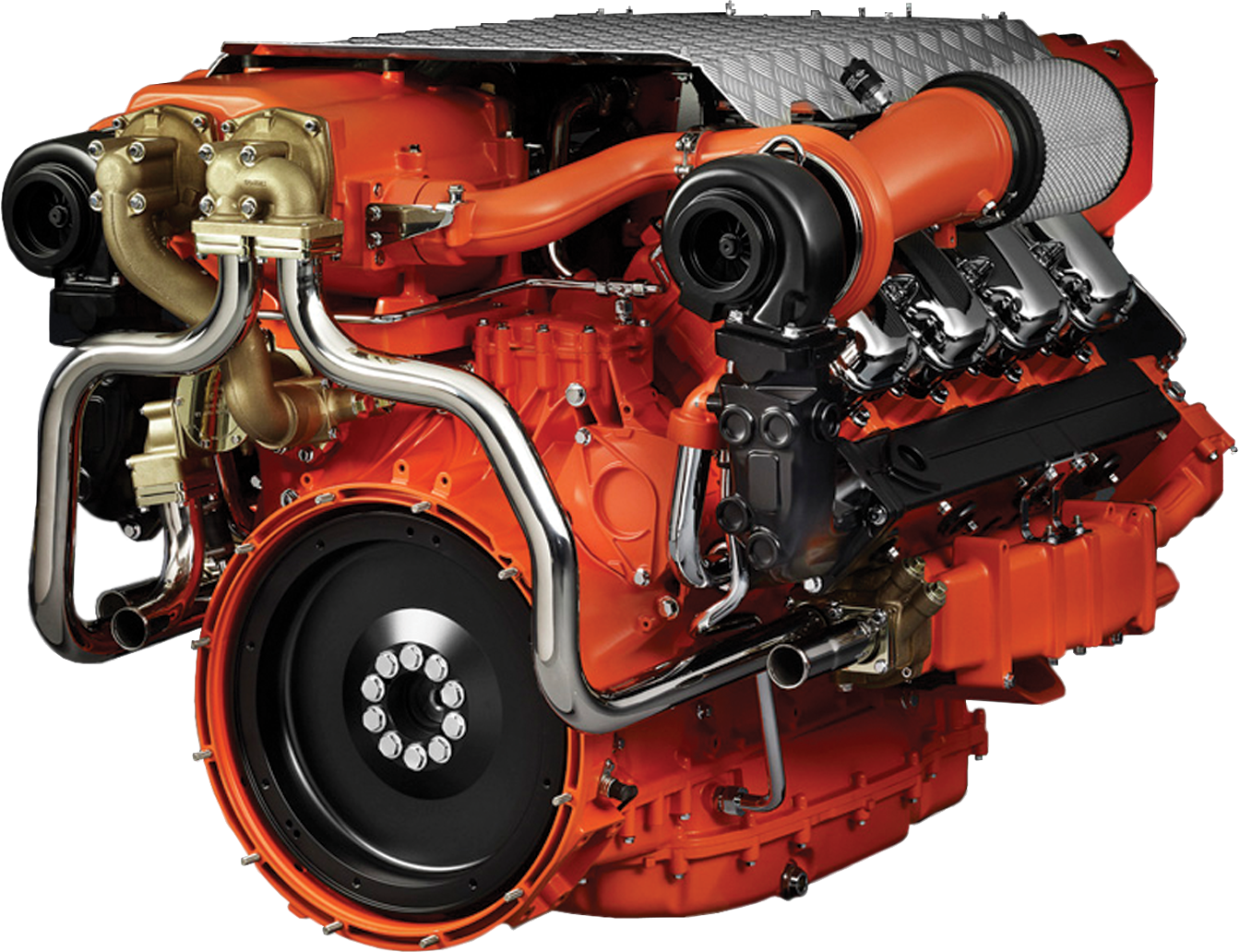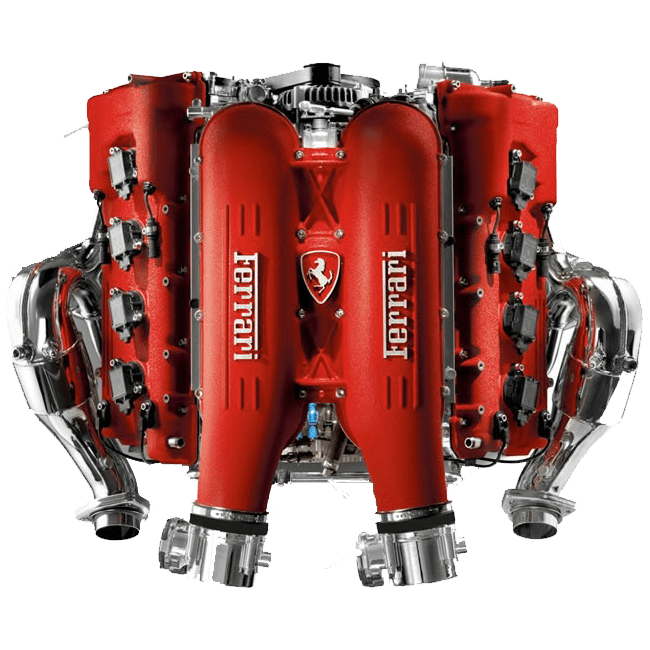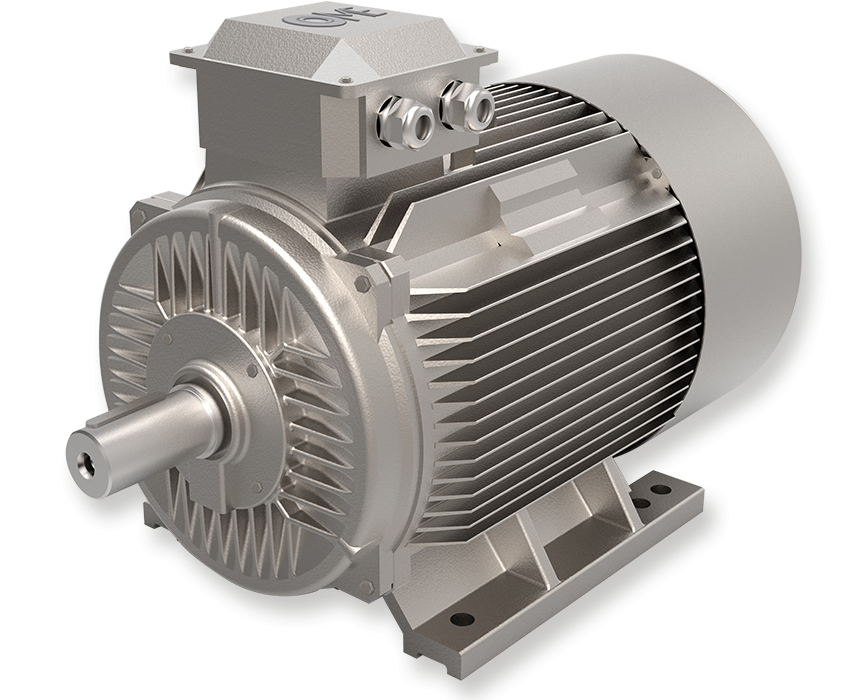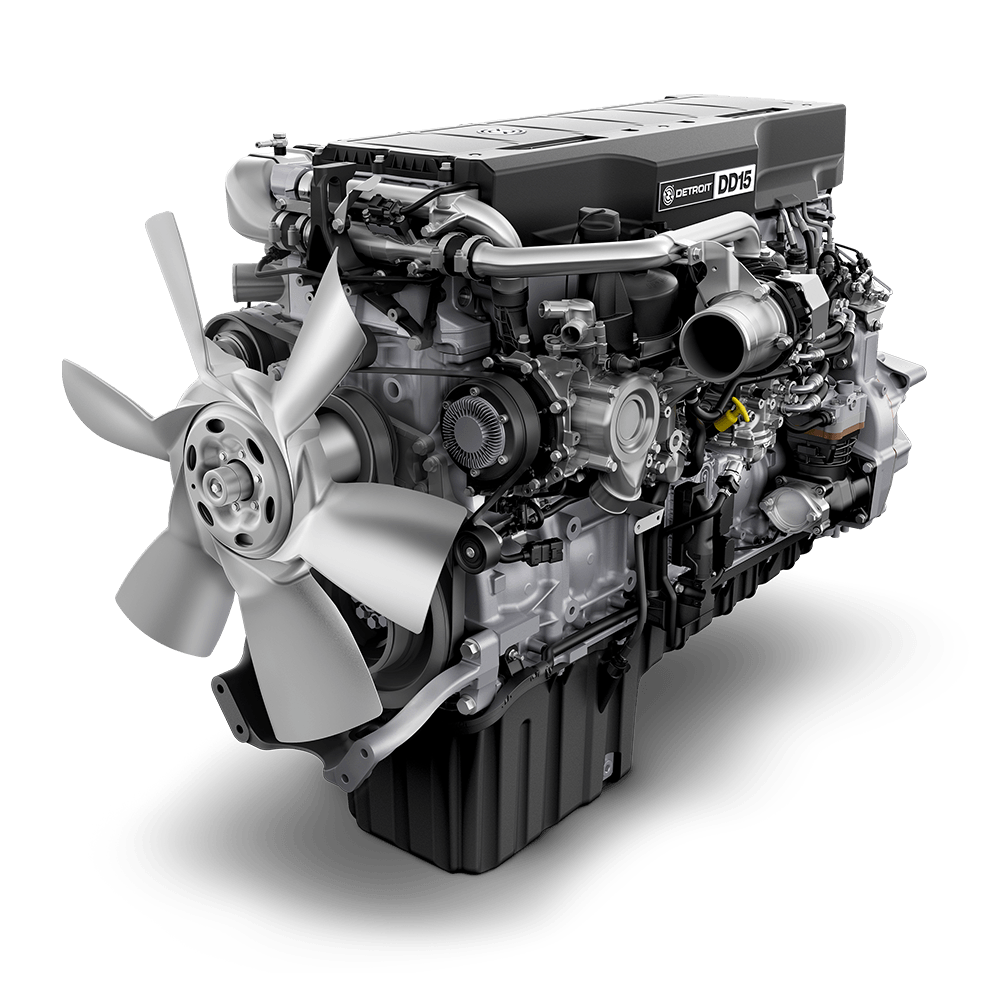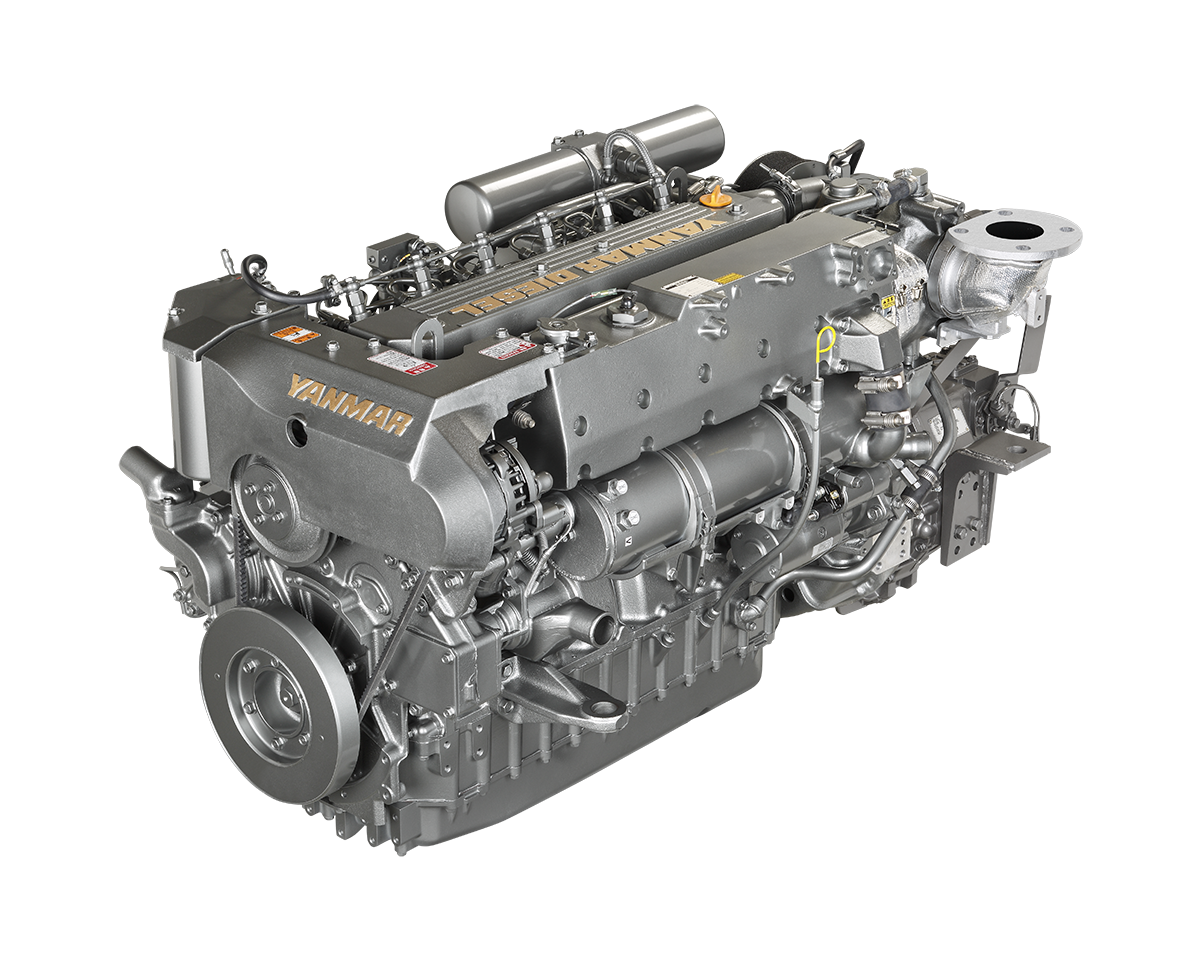Download top and best high-quality free Motor PNG Transparent Images backgrounds available in various sizes. To view the full PNG size resolution click on any of the below image thumbnail.
License Info: Creative Commons 4.0 BY-NC
An electric motor is a mechanism that transforms electricity into mechanical energy. The interaction between the motor’s magnetic field and electric current in a wire winding generates force in torque delivered to the motor’s shaft in most electric motors.
Direct current (DC) sources, such as batteries or rectifiers, or alternating current (AC) sources, such as a power grid, inverters, or electrical generators, can power electric motors. An electric generator is technically equivalent to an electric motor, but it converts mechanical energy into electrical energy using a reversed power flow.
Considerations such as power source type, internal construction, application, and kind of motion output can all be used to classify electric motors. Aside from AC vs. DC, engines can be brushed or brushless, single-phase, two-phase, three-phase, and air-cooled or liquid-cooled. For industrial usage, general-purpose motors with conventional size and features provide convenient mechanical power.
With ratings of up to 100 megawatts, the biggest electric motors are utilized for ship propulsion, pipeline compression, and pumped-storage applications. Industrial fans, blowers, pumps, and machine tools, home appliances, power tools, and disk drives all employ electric motors.
In electric timepieces, little motors can be found. In some situations, electric motors can be used in reverse as generators, such as regenerative braking with traction motors, to recover energy that would otherwise be wasted as heat and friction.
Electric motors provide torque (linear or rotational force) used to move an external mechanism such as a fan or an elevator. Electric motors are often built for continuous rotation or linear movement over a large distance, given their size. Magnetic solenoids are likewise transducers that transfer electrical power to mechanical motion, but they have a restricted range of motion.
Electric motors are far more efficient than the internal combustion engine (ICE) utilized in industry and transportation. Electric motors are generally over 95% efficient, whereas ICEs are far below 50%. They are also lighter, physically smaller, mechanically more straightforward and less expensive to construct, capable of providing rapid and constant torque at any speed, run on renewable energy, and do not emit carbon into the atmosphere.
Electric motors are replacing internal combustion engines in transportation and industry for these reasons. However, their usage in cars is currently limited due to batteries’ high cost and weight with an appropriate range between charges.
Experimental motors that functioned by electrostatic force were studied before contemporary electromagnetic motors. Simple electrostatic devices reported in experiments by Scottish monk Andrew Gordon and American scientist Benjamin Franklin in the 1740s were the first electric motors. Coulomb’s law, the theoretical concept that underpins them, was discovered but not published by Henry Cavendish in 1771.
In 1785, Charles-Augustin de Coulomb independently discovered this rule, who published it and gave it his name. Electrostatic motors were never utilized for practical purposes due to the difficulties of generating the high voltages they required.
Download Motor PNG images transparent gallery.
- Water Pump Motor PNG Pic
Resolution: 1125 × 632
Size: 553 KB
Image Format: .png
Download
- Motor Background PNG
Resolution: 780 × 800
Size: 699 KB
Image Format: .png
Download
- Motor PNG Background
Resolution: 800 × 800
Size: 1019 KB
Image Format: .png
Download
- Motor PNG HD Quality
Resolution: 800 × 420
Size: 267 KB
Image Format: .png
Download
- Water Pump Motor PNG Cutout
Resolution: 800 × 800
Size: 543 KB
Image Format: .png
Download
- Water Pump Motor PNG File
Resolution: 800 × 550
Size: 665 KB
Image Format: .png
Download
- Water Pump Motor PNG Image
Resolution: 800 × 530
Size: 656 KB
Image Format: .png
Download
- Water Pump Motor PNG Photo
Resolution: 800 × 612
Size: 622 KB
Image Format: .png
Download
- Water Pump Motor
Resolution: 1600 × 842
Size: 1113 KB
Image Format: .png
Download
- Motor PNG Image File
Resolution: 2260 × 2260
Size: 1752 KB
Image Format: .png
Download
- Motor PNG
Resolution: 1920 × 1358
Size: 987 KB
Image Format: .png
Download
- Motor PNG Pic
Resolution: 1500 × 938
Size: 718 KB
Image Format: .png
Download
- Motor PNG File
Resolution: 922 × 520
Size: 395 KB
Image Format: .png
Download
- Motor PNG Image
Resolution: 700 × 565
Size: 126 KB
Image Format: .png
Download
- Motor PNG Photo
Resolution: 1000 × 794
Size: 1084 KB
Image Format: .png
Download
- Motor PNG Cutout
Resolution: 640 × 621
Size: 227 KB
Image Format: .png
Download
- Motor PNG Images
Resolution: 900 × 480
Size: 487 KB
Image Format: .png
Download
- Motor PNG Photos
Resolution: 708 × 824
Size: 237 KB
Image Format: .png
Download
- Motor Transparent
Resolution: 943 × 911
Size: 759 KB
Image Format: .png
Download
- Motor PNG Clipart
Resolution: 1050 × 1050
Size: 809 KB
Image Format: .png
Download
- Motor PNG Picture
Resolution: 1344 × 1032
Size: 1785 KB
Image Format: .png
Download
- Motor PNG HD Image
Resolution: 1369 × 1329
Size: 211 KB
Image Format: .png
Download
- Motor PNG Image HD
Resolution: 650 × 650
Size: 422 KB
Image Format: .png
Download
- Motor
Resolution: 1600 × 1600
Size: 19 KB
Image Format: .png
Download
- Motor No Background
Resolution: 850 × 700
Size: 682 KB
Image Format: .png
Download
- Motor PNG Images HD
Resolution: 1000 × 1000
Size: 288 KB
Image Format: .png
Download
- Motor PNG Free Image
Resolution: 1200 × 901
Size: 996 KB
Image Format: .png
Download
- Water Pump Motor PNG
Resolution: 1200 × 960
Size: 1054 KB
Image Format: .png
Download
